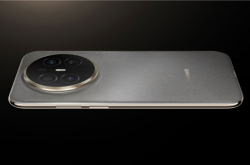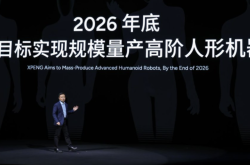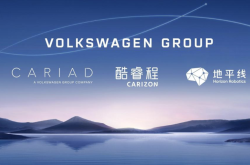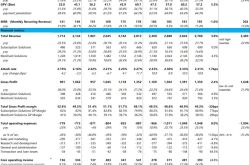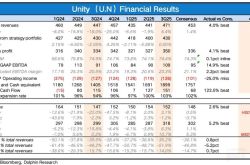The Automotive Industry Doesn't Tolerate "Big Bluffers"
![]() 07/19 2024
07/19 2024
![]() 401
401
Introduction
Every sentence revolves around technology, but are they all just gimmicks?
Responsible Editor: Cao Jiadong
Editor: He Zengrong
"When you bring such high-speed machinery into China, remember the principle I'm giving you. When you're young, as a researcher, understand the fundamentals of what you're developing. Huang Longjiang's team includes Bluetooth in everything."
Boasting is something people enjoy in daily life. And technological gimmicks are not uncommon in the market. From graphene batteries to anti-gravity aircraft carriers, given a platform, some people will dare to make any outrageous claims.
Focusing on the rapidly developing new energy vehicle market, it is also filled with many bizarre technologies, such as buses that can run 500 kilometers on a bucket of water and smart health cabins that can cure hypertension through regular use...
Of course, these gimmicks that can be easily identified as fake do not have much impact. But if all automakers are promoting technological gimmicks, should they not be given a chance to prove themselves?
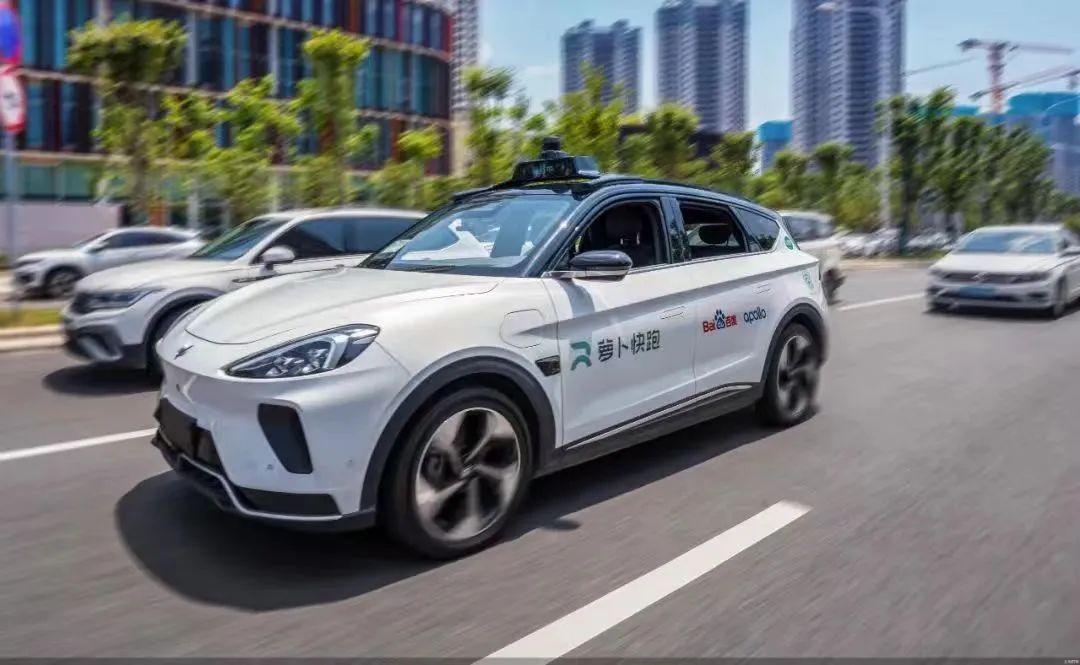
Recently, Robotaxi has gained popularity, especially with the "Luobo Kuaipao becoming a road judge" incident, which has brought the entire autonomous driving industry to the forefront of public attention.
Frankly speaking, autonomous driving is not a good business. From the initial capital hype and proliferation of unicorns to the industry's cooldown and wave of bankruptcies, and now the explosion of public opinion and renewed calls, it's undoubtedly been a series of scams.
As an example, even international giants like Waymo and Cruise, which have "backing," are constantly "burning money" in overseas markets, facing constraints everywhere, and even resorting to layoffs to survive.
In the domestic market, there are also quite a few Robotaxi companies like Luobo Kuaipao, but in terms of public opinion, it seems that only Luobo Kuaipao has stood out over the years.
In other words, the gimmick of autonomous driving has always been there, but who dares to say that this time around, autonomous driving will definitely "turn things around"?
The good news is that autonomous driving is no longer as "unattainable" as it once was. Under the influence of the "pragmatic" atmosphere in China's new energy vehicle market, intelligent assisted driving has become prevalent.
Compared to the concept of intelligent driving, new automakers like NIO, XPeng, and Li Auto, as well as established automakers like Geely and Great Wall, are all fully supportive. Even formidable companies like Tesla, in its early days, relied on the gimmick of intelligent driving to attract consumers' attention.
So the question arises:
As the concept of intelligent driving becomes more ingrained in people's minds, who would say that this technological gimmick is bad? On the contrary, could reasonable technological gimmicks conversely promote the development of the entire automotive industry?
Practical or high-tech?
Personally, aside from the bottomless technological gimmicks that are "anti-intellectual," targeted "shooting off" in technology is truly meaningful.
In the first half of 2024, the Chinese automotive market was engulfed in a price war, with industry leaders arguing heatedly over whether to "engage" or not. When cost reduction and efficiency enhancement become the industry mainstream, everything must align with consumers' needs.
Grasping the core issues: How to reduce costs? Through technological reform. How to enhance efficiency? Through technological innovation.
Yes, the current market logic has changed. It's no longer a matter of "giving what is asked for," but rather "giving what is needed." To align with this logic, the technologies of major automakers must also serve this purpose, with a user-centric approach.

Isn't intelligent assisted driving a standard feature for vehicles in the 150,000 yuan range?
Do you have an 800V platform? If not, how can you dare to sell it for 200,000 yuan?
Do you have a large model integrated? Without it, what kind of intelligence are you talking about?
Let's take intelligent driving as an example once again. Is intelligent driving a good technology? Of course, it is. As early as 2023, Huawei's Yu Chengdong took aim at the entire automotive industry and publicly supported intelligent driving:
"Recently, some industry leaders said that intelligent driving is just bluffing and nonsense. I think there are two reasons: either they don't understand the industry, or they deliberately say so, or they haven't done well in this area and are intentionally trying to undermine the industry."
Different stances lead to different arguments. However, intelligent driving is helping drivers reduce fatigue and improve traffic efficiency, which is being verified by more and more consumers. The question now is, while the technology is good on one hand, can it be made accessible to more consumers on the other?
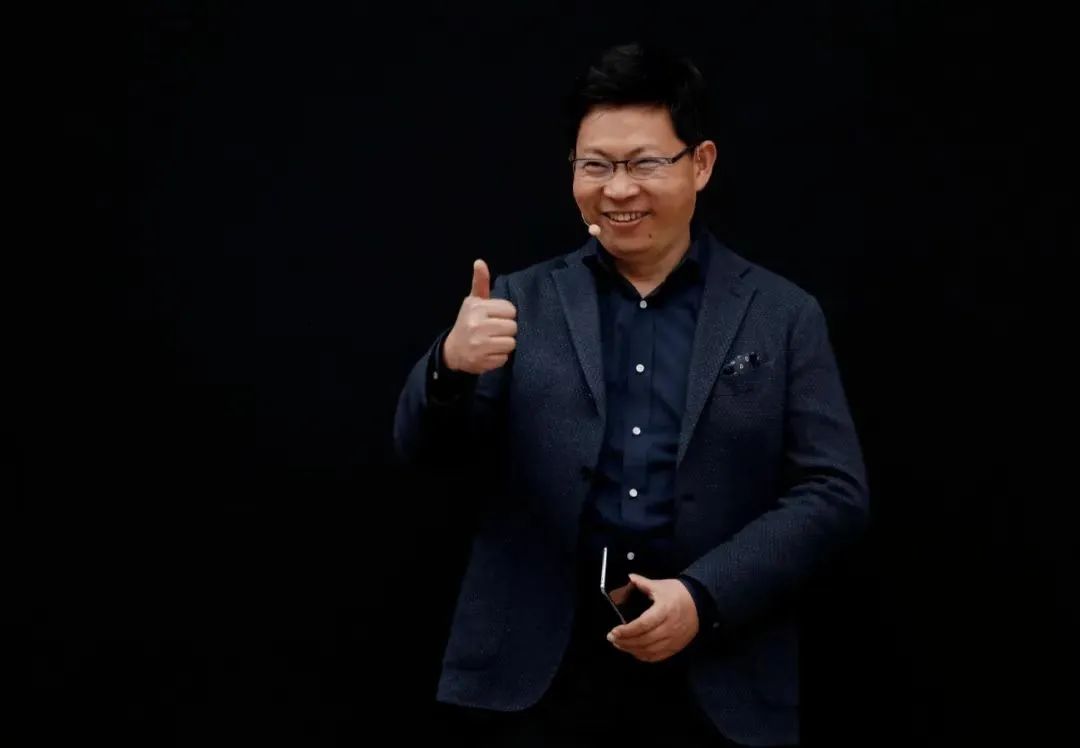
Let me emphasize again: It's really not a problem to boast about technology, but the key is to gradually realize those boasts and effectively transform them into the competitiveness and product strength of the product itself. Moreover, the current market environment indicates that these good technologies must withstand market scrutiny—they must be affordable.
It is undeniable that compared to traditional gasoline-powered vehicles, new energy vehicles do need some "eye-catching" maneuvers to demonstrate their value and seek more market share.
But on the other hand, if all we do is play around with car doors and show off technology for its own sake, it's really like "picking up sesame seeds and dropping watermelons." Rather than engaging in such worthless gimmicks, it would be better to gradually reduce the application costs of technology.
For example, the cost of lidar, automotive-grade chips, and power batteries...

Looking back at the first half of 2024, in addition to Luobo Kuaipao, the biggest buzz in the intelligent driving circle was probably "end-to-end."
In April this year, Musk flew to Beijing in a hurry, and the widely circulated version was that he was "there for FSD to enter China." If this rumor is true, it means that FSD, supported by the end-to-end large model, will accelerate its entry into China.
How powerful is end-to-end? Why does it make so many industry insiders bristle with excitement?
Regarding this, He Xiaopeng of XPeng Motors said: Today, many technical routes of L4 companies are still a combination of algorithms and small AI models, and they are all painfully hesitant about whether to switch to end-to-end. My personal suggestion is, don't hesitate, make the switch quickly, the latter is the big deal.
Although the end-to-end large model involves the choice of intelligent driving routes and is considered the closest method to realizing autonomous driving, and even has support from industry leaders, for consumers and those struggling new automakers on the "brink of survival," whether they can "move from the virtual to the real" is currently the most important consideration.
New Energy Vehicles: Moving from the Virtual to the Real
Remember when PPT car-making was all the rage, leaving behind a mess? Today, the automotive market is no different when it comes to technological gimmicks: either exaggerations without substance, or "new wine in old bottles," or just laboratory data, or pure imagination...
At this crucial stage of the development of the new energy vehicle market, only by setting aside the flashy elements and being pragmatic can we truly achieve something meaningful.
What are the "ends" of end-to-end? What is the "solid" in solid-state batteries? Are 800V platforms real or fake? In fact, what consumers need is simple—genuine product strength.
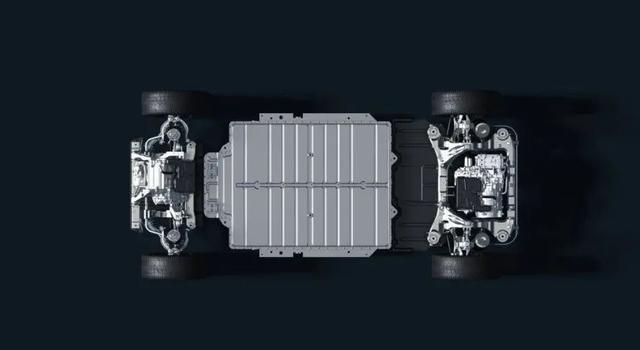
In 2022, whether it was lithium carbonate or nickel, cobalt, manganese, and other upstream raw materials for batteries, prices soared, leading to a continuous increase in the cost of power batteries. It even prompted the chairman of GAC Group to publicly vent:
"The cost of power batteries has accounted for 40% to 50%, or even 60% of the cost of new energy vehicles. Am I not just working for CATL now?"
To put it more dramatically, power batteries almost became the "Achilles' heel" of major automakers at that time.
But now, with the continuous decline in the cost of upstream raw materials for power batteries, second-tier power battery manufacturers such as Sunwoda, China Aviation Lithium Battery, and Hive Energy have ignited a price war, continuously driving down the cost of power batteries.
The reason is simple: the basic technology of power batteries has matured, and making further progress is difficult, so the only option is to intensify competition. While ensuring safety, the breakthroughs in power batteries lie in two aspects: first, improving battery energy density; second, increasing charging speed.

At the end of May, according to relevant media reports, China may invest about 6 billion yuan in the research and development of solid-state batteries, involving companies such as CATL, BYD, FAW, SAIC, Weilan New Energy, and Geely.
What is the purpose?
Ultimately, it is to promote the development of new energy vehicles, especially battery electric vehicles. Solid-state batteries offer higher energy density and faster charging rates, perfectly addressing range anxiety and energy replenishment anxiety.
But it must be acknowledged that currently, the solid-state batteries that can be commercialized are basically semi-solid-state batteries, which have not achieved the legendary effects. And in terms of vehicle models equipped with semi-solid-state batteries, there are only a handful, including the Lantuis Chaser, NIO ET7, and IM L7.
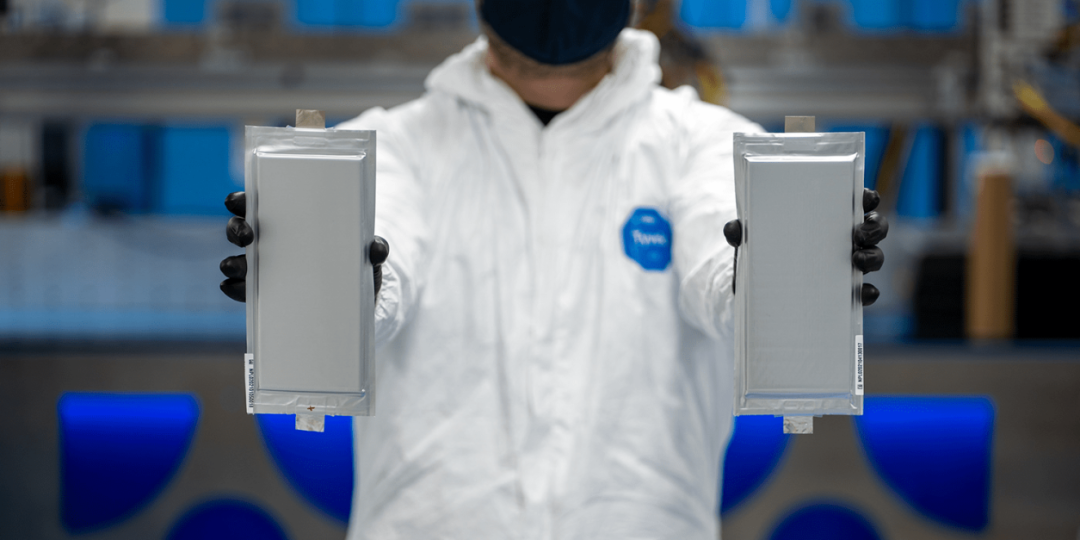
So, coming back to the question, is solid-state battery a gimmick? I think the answer is yes, especially since its cost and performance have not yet reached a "universally applicable" state, and it's hard to shake off the label of a gimmick.
But on the other hand, battery manufacturers like CATL and Weilan New Energy, as well as automakers like NIO and IM, are all working hard to refine and improve this gimmick, striving to introduce better battery technologies. Isn't this the fundamental driving force behind the development of new energy vehicles?
Be down-to-earth rather than aloof, genuinely address consumer needs, and promote product upgrades. Only such technologies can be considered good technologies.
The automotive industry doesn't tolerate technological "big bluffers"; new energy vehicles need genuine technology even more.
We look forward to the day when advanced intelligent driving, solid-state batteries, and 800V platform technologies become ubiquitous. Perhaps, only by taking these technologies as breakthroughs can we quickly put an end to the escalating "war" of price wars and truly realize the "overtaking on bends" of China's new energy vehicles.

